As I mentioned in my previous post, I attended the Kuk Sool Won tournament Houston, TX which took place last month.I enjoyed the tournament, despite becoming a little ill two days before. (As a result of my illness, I decided not to compete and simply assisted with officiating the tournament.)
Around lunch time during the tournament. Several divisions are in progress, and some rings taking a short break (including mine).
This year’s tournament seemed a little small to me. I imagine this was mostly due to the economic down-turn making it harder for some people to afford the expense of attending. It may also be that last year’s tournament had a higher attendance than usual, as it was the 50th anniversary of the founding of Kuk Sool Won.
One interesting aspect of this year’s tournament was the presence of an observer from the IOC. Apparently they are considering starting a martial arts Olympics (separate from the summer Olympics) and have undertaken an investigation of different martial arts practiced around the world. Not much information was available other than that the observer (also a professor at a Korean university) would be monitoring activities to learn how the World Kuk Sool Association conducts their tournaments.
As a 3rd degree black belt, I’m expected to assist in judging during a tournament. While of course I’m happy to serve in this capacity, I wanted to take a moment to talk about how difficult it can be. It’s very easy for participants or their family members (especially parents of younger competitors) to perceive a lack of fairness in judging, and whenever I’m acting as a judge I try my best to be fair and impartial. Try to imagine for a moment watching the 20th competitor in a division perform the same form you’ve already watched 19 times. Now try to imagine assigning that 20th competitor a score, keeping in mind all the 19 previous competitors and the scores you assigned them. How much better or worse was the 20th performance relative to the 15th, the 10th, or the 5th? It can require a lot of mental effort to remember all those earlier performances and assign the next score in an accurate and fair manner. The next time you’re at a tournament, try to remember how difficult the job of judging can be and take a moment to thank your judges for their effort.
As always, the evening Master’s demonstration was a high point. There were plenty of inspiring performances to remind us train harder. I’ve included a few pictures from the demonstration below.
4th degree instructors demonstrating self-defense techniques.
Master Terry Heaps and Sa Bum Nim David Aue demonstrating long sword vs. double short sword fighting.
A demonstration of traditional Korean drumming by several instructors.
Senior Master Barry Harmon demonstrating advanced self-defense techniques. (Sa Bum Nim David Aue is his partner in this picture.)
Senior Master Byung In Lee demonstrating sword cutting.
Master Sung Jin Suh demonstrating an advance empty hand form (Oon Nak Hyung).
I hope to see you at next year’s Houston tournament!
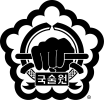
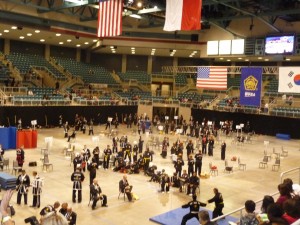
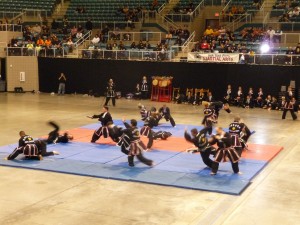
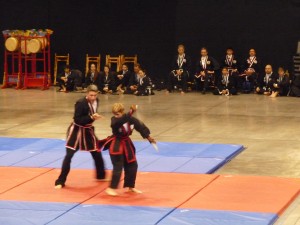
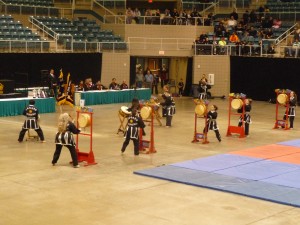
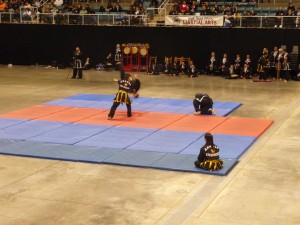
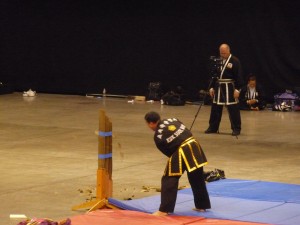
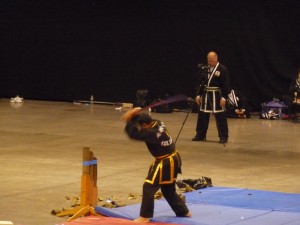
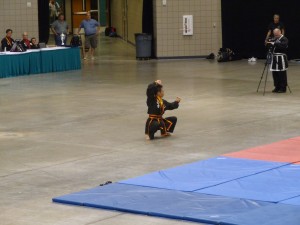
Great Post Psbn Ken and great blog. I look forward to reading more.
Your friend.
Jon Psbn
UK